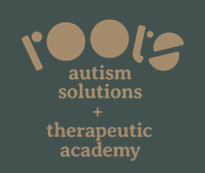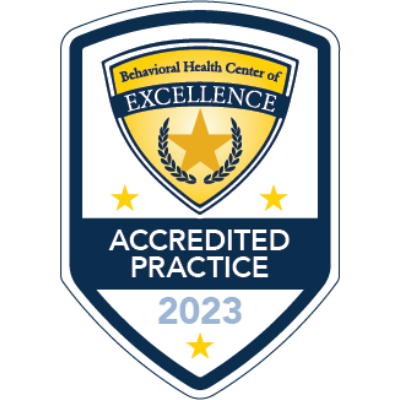Understanding the IEP – Accommodations and Modifications
Throughout the “Understanding the IEP” series, we’ve covered the PLAAFP, measurability, and IEP goals. Equally essential, accommodations and modifications are the nuts and bolts that hold the IEP together. If you envision the IEP like a ladder, and we are trying to get to the top. The sides of the ladder are the data that supports the IEP development, and the steps of the ladder are the goals. What hold it all together as support? The accommodations and modification are the supports that keep that ladder in place.
As an example, a teacher can write a math goal for a child, and by the end of the year the goal for the child is to add two digit by two digit numbers. If the teacher were to simply give the child 25 problems on a worksheet each day, with only a pencil and direct instruction, the chances of that child being successful at reaching the goal are minimal. However, if the teacher ensures that the IEP has accommodations and modifications that support the child being able to effectively reach that goal, success is far more likely.
What’s the difference between accommodations and modifications? Think of it this way, if you are giving a presentation after losing your voice days prior, you might ask for a microphone so that you don’t have to strain your voice. Adding the microphone so that you are supported during your presentation is an accommodation. Using the same scenario, perhaps you have a partner with which your are presenting, and you were intended to present for 45 minutes each. Instead, due to your voice struggles, you only present for 15 minutes and your partner speaks for the remainder of the presentation. The adjustment to the time you are expected to speak is a modification that is provided to you as a speaker.
Extending this to your child’s IEP, consider those additional supports that add something to the manner in which your child is taught or expected to show what they know as an accommodation. Any changes to the level of expectation, such as the number of problems or length of time spent sitting at his or her desk is a modification. All necessary supports provided should be driven by the team’s knowledge of your child, their learning style, and interventions that have or have not been successful.
We’ve heard people say in the past that is seems like the child is not expected to do as much or with the same vigor as other students with the addition of accommodations and modifications. That could not be farther from the truth. Everyone needs some accommodations and modification throughout their day, with and without disabilities. With accommodations, the learner is given tools that support his or her learning style, such as: adaptive seating, manipulatives, or a pointer for reading. Modifications adjust the learning environment and allow for the focus to be on showing what you have learned. The child who completes 5 math problems with 100% accurately is showing that he knows has mastered the skill, why should he be expected to complete 25 problems?





